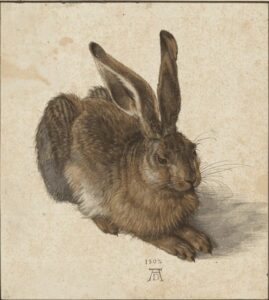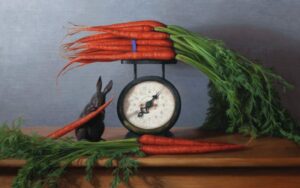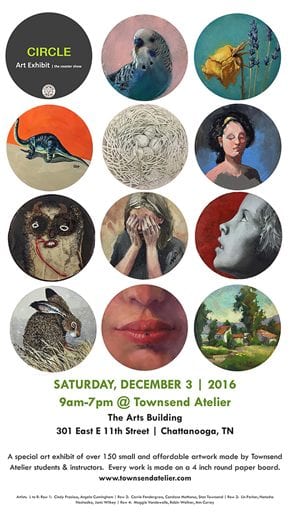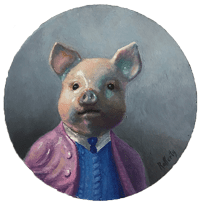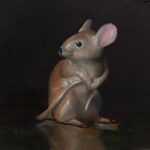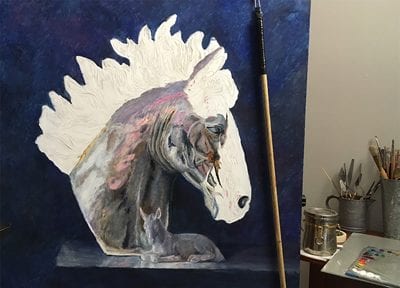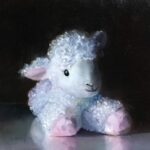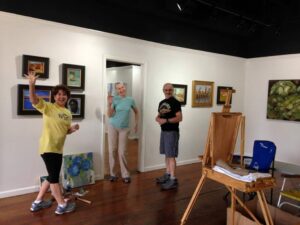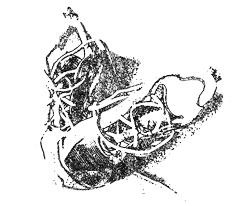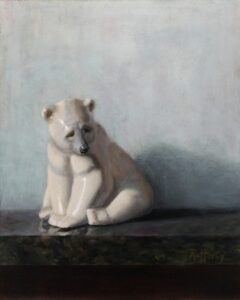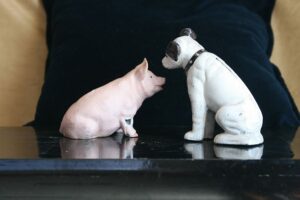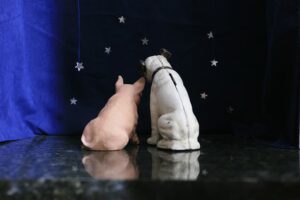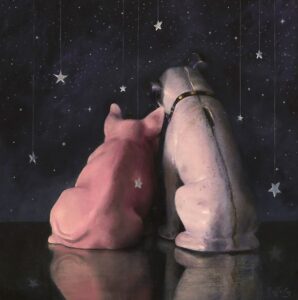I had a very interesting conversation last month with two aspiring artists, still in high school. Both were concerned about competing in an art world where, to their young eyes, all the art had already been made. Why try to make a Mona Lisa when ‘its been done’? Michelangelo defined Renaissance painting and sculpture, Brancusi modern sculpture, Picasso modern art, Weston and Adams twentieth century photography. The students wanted to know how they could possibly compete in a world where it’s all been done, and done to perfection?
That concern might be valid if art were a competition. But if we treat art as a competition then few of us would ever have the courage to add our voices and vision to the world. Just think of all the incredible work that’s been done since Michelangelo. If art were a competition, we might not have Rembrandt or Vermeer, no Rodin or Giacometti. And while Beethoven’s 5th and Handel’s Messiah rock my world, so do Elton John and Paul Simon. Tolstoy’s “War and Peace” may cover everything from soup to nuts, but I want more than just that one perspective. I need more variety, alternative voices, and points of view. The same subject in a painting is not only made new by the medium and the brush strokes, but also by the back story, the moment in our cultural timeline, and the voice of the individual artist. So perhaps we should see art not as a competition, but as a contribution to the long history of human experience.
Here are four paintings of a goldfinch. Each one expresses something totally different about the bird and our relationship to it. We wouldn’t have three of these if we believed that Fabritius had done the definitive “best” Goldfinch back in 1654.

It’s easy to get caught up in the competitiveness of winning: a gallery, a show, an award. In part, winning translates into money, and we do like to eat. And, as we work mostly alone, we appreciate the validation and accolades that competitions bring. It is my belief, though, that if I don’t try to compete with other artists I will have greater success. Finding my own path and doing what I love helps me to create my best art. Not The best art, but My best art. When I put my work out in the world I’m not saying that my work is better than another artist; I’m saying “Here. This is how I see a rabbit – or person, or landscape. I hope it gives you a different way to see it too.”
by Albrecht Durer
by Terry Rafferty
Art isn’t a competition: it’s a contribution to the collective experience of humanity. Please contribute yours.
